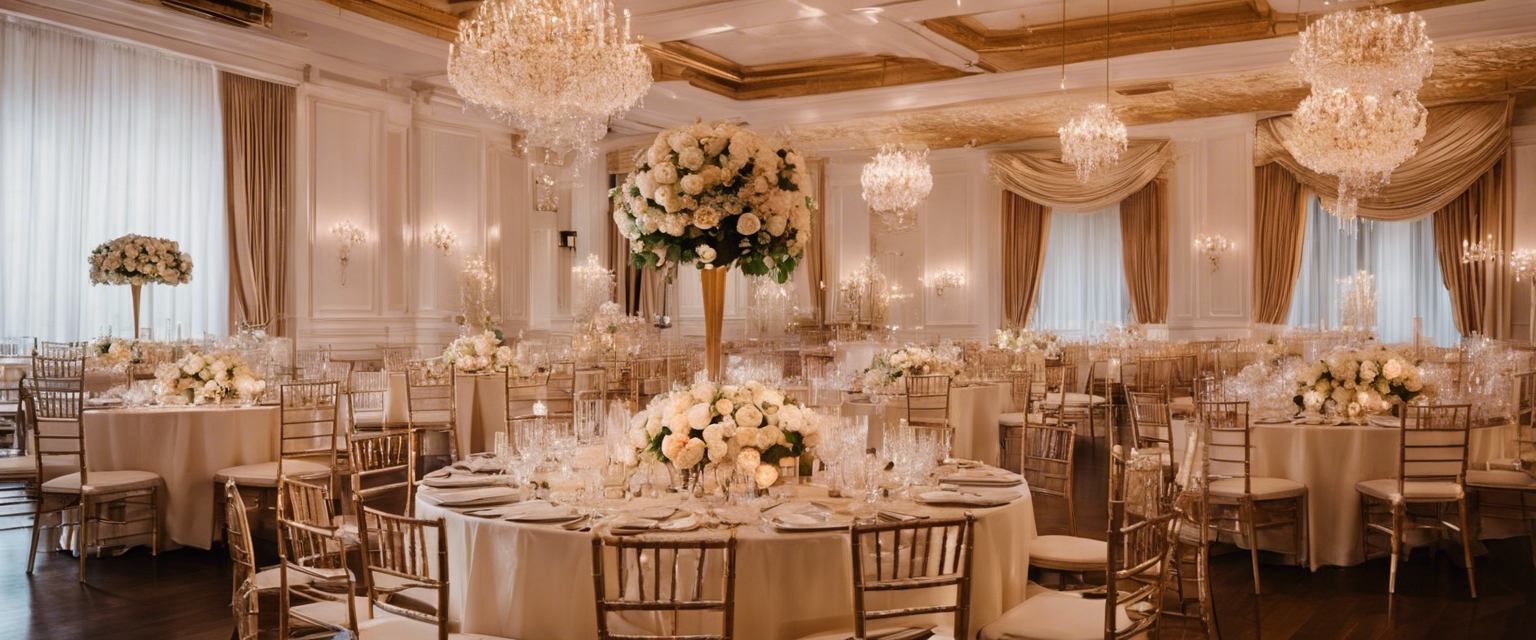Corporate events often require a menu that is both sophisticated and versatile. Consider the formality of the event and the professional nature of the attendees. A mix of light appetizers, a main course, and a selection of desserts can cater to a diverse group.Weddings are personal and often reflect the couple's tastes and preferences. A balance between traditional and contemporary dishes can please a wide range of guests. Consider offering a variety of options to accommodate different tastes.For private parties, the menu can be more relaxed and personalized. Consider the theme of the party and the preferences of the host and guests. Finger foods, themed dishes, and interactive food stations can enhance the experience.
Setting a Budget
Before selecting a menu, establish a clear budget. This will guide your choices and help you prioritize where to allocate funds, whether it's on premium ingredients or an elaborate presentation.While it's important to stay within budget, don't compromise on quality. Work with your caterer to find a balance between cost and quality, ensuring that the food is both delicious and memorable.Considering Dietary Restrictions and Preferences
Be mindful of common dietary restrictions such as vegetarian, vegan, gluten-free, and nut-free options. Providing a variety of choices ensures that all guests feel included and catered to.A diverse menu with multiple options can cater to different tastes and dietary needs. Consider offering a mix of proteins, vegetables, and grains to satisfy all guests.Selecting a Catering Style
Buffets offer flexibility and allow guests to choose their portions. They are ideal for casual events and can accommodate a wide range of dishes.Plated meals provide a formal dining experience and are suitable for upscale events. They allow for precise portion control and elegant presentation.Food stations encourage interaction and can be themed to match the event. They offer variety and can cater to different tastes and dietary needs.Seasonal and Local Ingredients
Using seasonal ingredients ensures freshness and enhances the flavor of dishes. It also allows for a menu that reflects the time of year and the event's location.Incorporating local ingredients supports the community and can add a unique touch to your menu. It also reduces the carbon footprint of your event.Pairing Food with Beverages
Consider pairing wines, beers, or cocktails with your menu to enhance the dining experience. Work with your caterer to select beverages that complement the flavors of your dishes.Provide a variety of non-alcoholic beverages such as mocktails, juices, and flavored waters to cater to all guests, including those who do not consume alcohol.Presentation and Theme
Ensure that the presentation of the food aligns with the overall theme of the event. This creates a cohesive experience and enhances the visual appeal.Consider unique serving methods, such as edible displays or interactive elements, to make the food presentation memorable and engaging.Sampling and Finalizing the Menu
Schedule tasting sessions with your caterer to sample dishes and make informed decisions. This allows you to adjust flavors and presentation before the event.Use feedback from tastings to make final adjustments to the menu. Ensure that all elements align with your vision and the needs of your guests.Contact ABENTERTAINMENT OÜ today to craft the perfect catering menu that will make your event unforgettable!






Comments (0)